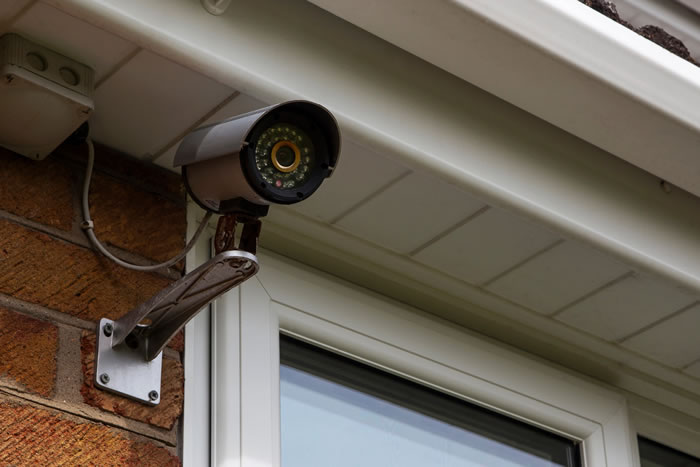How to Install a Home Security System
How to Install a Home Security System
Home security systems are mainly aimed at securing property from intruders. However, the system must be properly configured, and programmed to function efficiently.
The installation involves identifying the sensor locations, locking the siren that is not accessible by an unauthorized person, and tightening the key switch.
While some home security systems are sophisticated there are reliable, ready-made kits that any DIYer could handle. This is the process of an all-efficient home security system installation.
Assess Your Security Needs
Firstly, it is vital to think through your unique security needs. Consider the size, the floor plan, safety and security aspects of your surroundings. Do you require cameras for interior and exterior use, entryway sensors, and window and door alarm sensors? Knowing your needs will help you choose the right features.
Choose the Right Security Components
Modern home security systems provide a wide range of components to choose from:
Go for suitable quality interior and exterior cameras featuring HD video, night vision, and motion sensitivity.
Place door and window, motion detectors, and glass break detectors to be able to detect unauthorized entry.
A siren system is also important because it alerts you, and even your neighbors, of anything that might go wrong.
Think of a network-ready solution that includes integration with mobile and smart home technologies for telemonitoring, among other applications.
Planning is Critical
Craft a structured approach for locating cameras, sensors, and control channels. Consider the suitable positions for cameras and good placement of sensors. Arrange the wiring and power sources for easy accessibility.
Installation Process
- Cameras: Ensure that this is possible by strategically mounting your cameras to capture the relevant places under surveillance. Link them to the internet through your Wi-Fi network.
- Sensors and Alarms: Install door/window sensors as suggested by the manufacturer. Set up sensitivity levels and test the devices at the required alarm points.
- Control Panel: Place the control panel at one central point for easy accessibility.
Connect to a Central Hub
Ensure that the central hub or control panel is always connected to your house's Wi-Fi.
Test the System
After installation, perform a thorough check-up on each part to find out whether it is working effectively. Ensure the alarm, sensor, and camera response times are accurate (security blanket). Do this before assuming that the installation is finalized.
Professional Installation
If you are not unsure of the unit, then consider hiring professional installation locksmiths for home appliances. Such installation experts are quite familiar with most of the systems in the market.
Remote Monitoring and Alerts
With the help of a mobile application, modern-day alarm systems can be remotely accessed and controlled. Set up alerts that notify you instantly of motion detection or break-ins.
Regular Maintenance
To ensure that there are no holes in the security system, you should have maintenance regularly to prevent them. Ensure that changing batteries and cleaning the camera lens are okay. Make sure to update your software regularly to keep it secure.
Always Rely on a Professional!
Following these easy steps will help you develop a good home security setup. Reach out to experienced locksmiths at QuickPro Locksmith for top-quality installation services.

